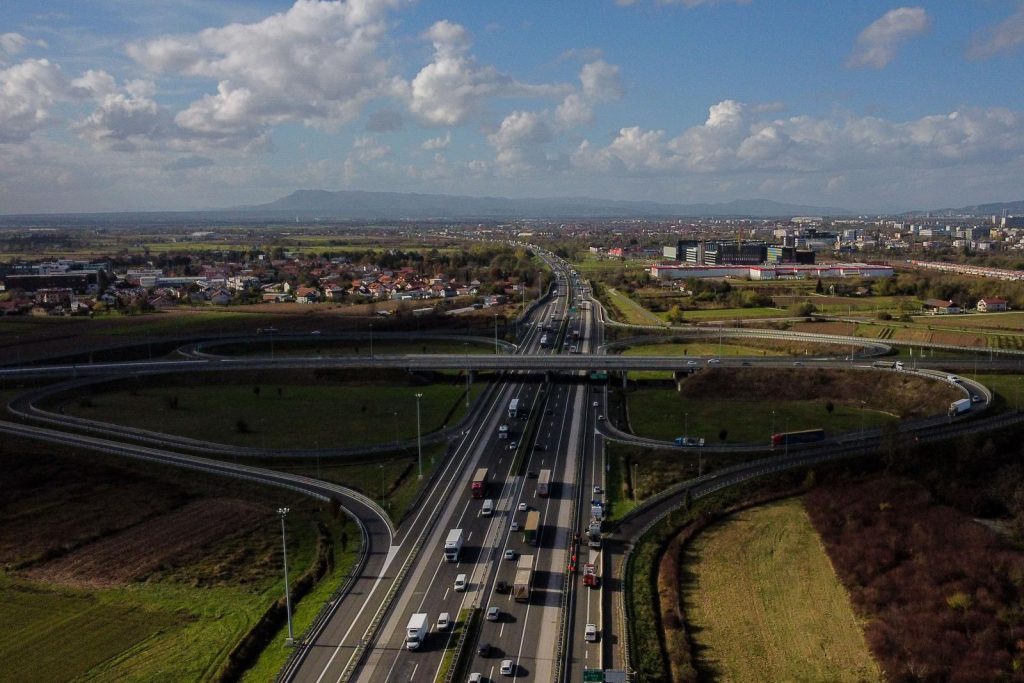June the 23rd, 2024 – Croatian Motorways (Hrvatske autoceste/HAC) has finally received the green light for the Zagreb ring road project. A massive 335 million euros, if not more, will be needed.
As Poslovni Dnevnik/Marija Brnic writes, Croatian Motorways has finally had their major investment venture that has been in preparation for a long time rubber stamped. It involves the reconstruction and construction of the third lane of the Zagreb ring road, the road with the largest amount of daily traffic in the entire country.
The Ministry of Environmental Protection and the Green Transition deemed an environmental impact assessment study unnecessary for this Zagreb ring road project. The main acceptability assessment for the ecological network will also not be required in this case.
No public comments were received on the planned intervention considered by the Environmental Protection Elaborate. When looking at the detailed analysis of the document, which provides an overview of all planned activities and their impact on the environment, it was determined that the planned intervention will not have a significant negative impact on the environment. Naturally, this will mean that all of the proper environmental protection measures and the programme of environmental monitoring will be carried out. According to Croatian Motorway’s currently somewhat rough estimates, the realisation of the enormous Zagreb ring road project will require at least 335 million euros.
the zagreb ring road project will take some time to get going yet…
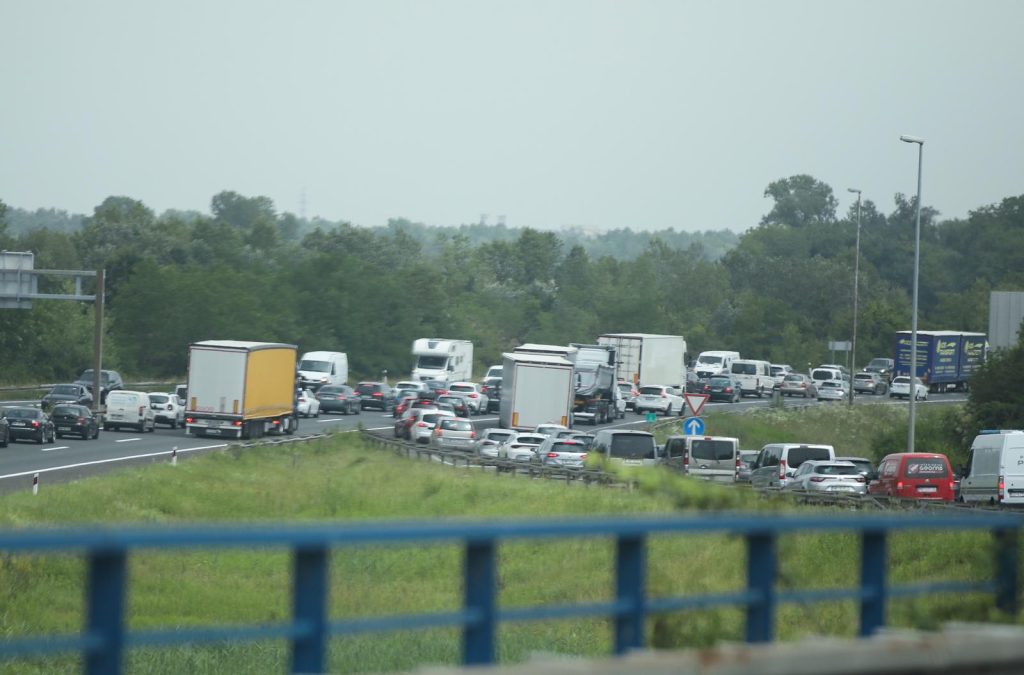
Although estimates deemed that the realisation of the Zagreb ring road could start at the end of this year or the beginning of next year, there are still a number of steps which need to be taken before the first workman’s boots hit the ground.
Croatian Motorways stated that after the decision came in that it won’t be necessary to carry out an environmental impact assessment, they will continue their activities on the creation of project documentation with the aim of obtaining a location permit. The dynamics of these processes don’t depend only on them, which is why they don’t even want to enter into defining the time frame.
the current plans for the zagreb ring road are incomparable to those from 1980
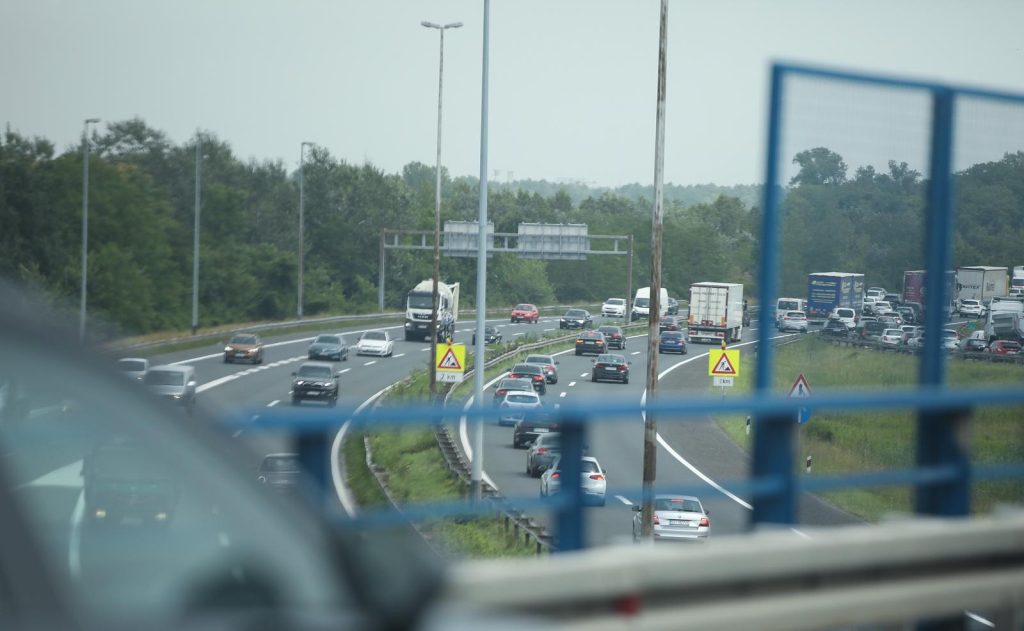
The conceptual solution considered as part of this procedure includes a 26-kilometre route from Lučko to Ivanja Reka, on which no new junctions are foreseen. The junctions of Jankomir, Lučko, Buzin, Jakuševec, Kosnica and Ivanja Reka will all be covered. In addition to the expansion of the road from four to six lanes, the plan is also to restore the entire pavement structure, external and internal drainage systems, traffic signals, lighting, and noise protection.
The expansion of the motorway itself requires the reconstruction and adaptation of numerous other buildings along the Zagreb ring road, including the demolition of some of them. The analysis made by Zagreb’s Traffic Engineering Institute (IPZ) also showed that buildings that were built more than 40 years ago were designed according to significantly different standards.
“The loads (traffic, earthquake and, to some extent, temperature) defined by today’s regulations exceed those from 1980, in certain cases by up to twice as much”, it is stated in the IPZ’s report. They also stated that based on detailed analyses, they can rightly conclude that “the existing bridge structures and the viaduct in its current state can’t meet the requirements set by the current regulations, which regulate the area of mechanical resistance and stability calculations”. In short, the existing facilities are in a poor condition and require interventions.
demolition is on the cards for some overpasses
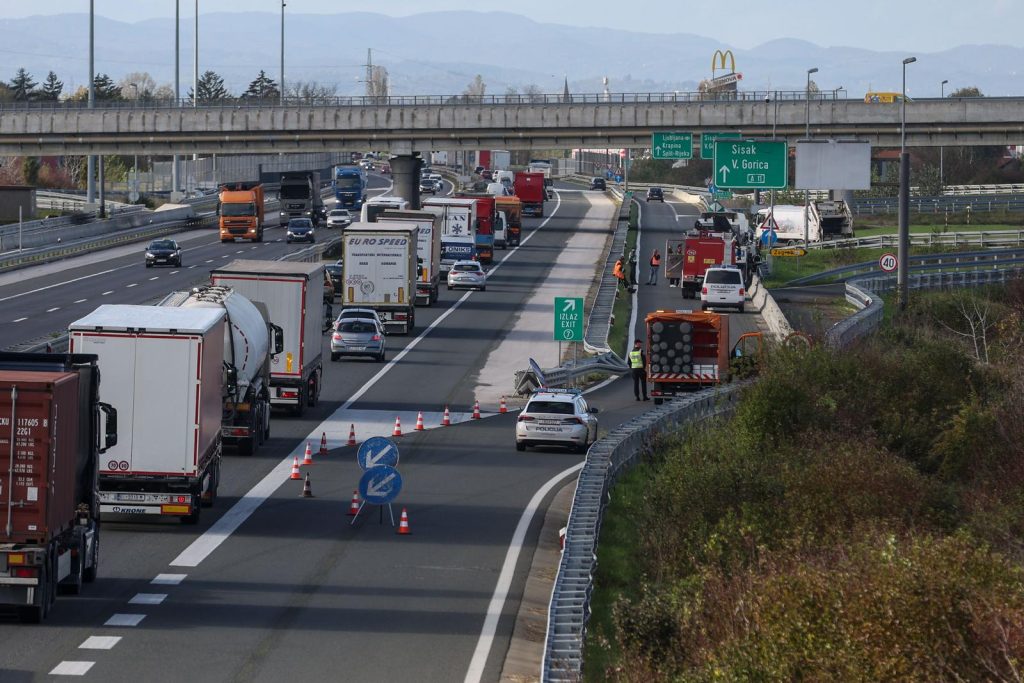
On the list of constructions that will be destroyed in the preliminary decision are the Kosnica and Ivanja Reka overpasses, and the Hrvatski Leskovac railway overpass. It isn’t possible to build a new lane on them, so they will first be demolished and then new overpasses will be built at the same locations (with the exception of Ivanja Reka, where the closest location will be sought). Before all of that takes place, safe detours will be provided, in order to allow traffic to flow as normally as possible during the works.
Among other things, the demolition and construction of the new Dubrava bridge, Kanal Odra, Buzin I and Buzin II viaducts, the Dolci and Mičevec underpasses, and the Sava and Ivanja Reka bridges, 1100 km and 850 km long, are also planned. This will be the most demanding operation on the Kosnica – Ivanja Reka section. The Zagreb ring road has a total of 14 overpasses and 11 underpasses, viaducts and bridges, as well as 13 crossings and passageways.
On the first section, Zagreb west – Lučko, the Plitvice rest stop’s renovation is currently in progress and isn’t included in this project. Among other things, the conceptual solution envisages the construction of a completely new Mlaka rest area, on the northern section, with a fuel station, shop and restaurant, as well as parking spaces for cars, trucks, and buses.
constant traffic growth
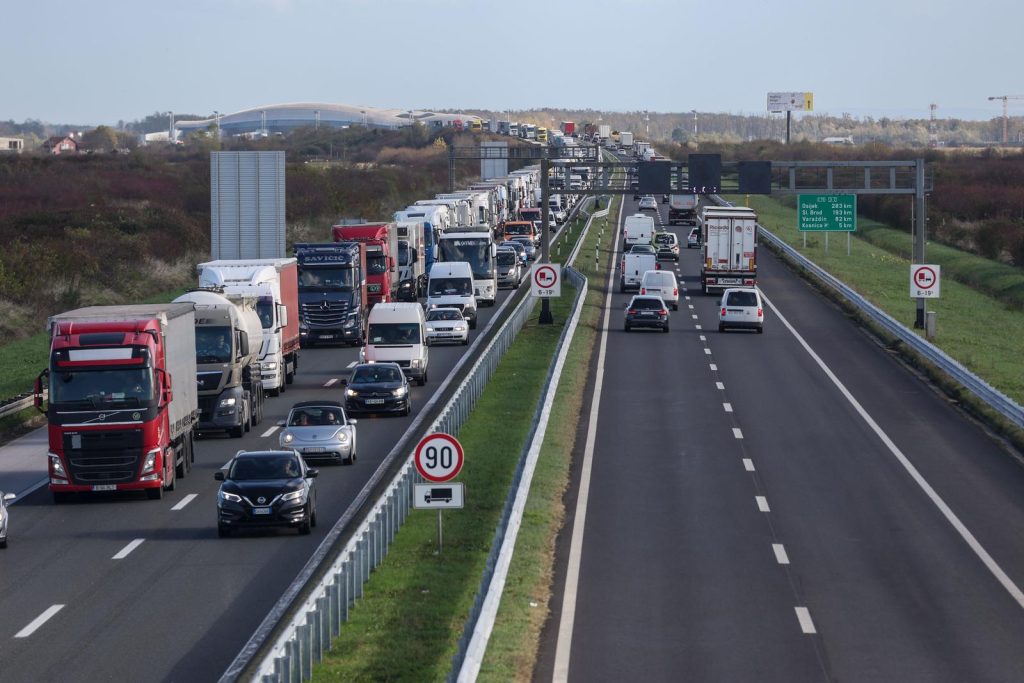
The scope of the works that will be undertaken in the reconstruction and extension of the Zagreb ring road shows that it is an extremely complex and demanding construction project. It also involves huge interventions in the organisation of traffic, which has not only local significance, but is also part of the pan-European corridor X. It also connects traffic from the border with Slovenia all the way to the border with Serbia.
Traffic is becoming increasingly intense and, according to IPZ, totally exceeds the current capacity of the Zagreb ring road. The conceptual solution provides data for 2019, when the busiest section saw an average of 66,366 vehicles per day. 78,373 vehicles per day passed over it during the summer, and an average of 51,403 to 61,697 vehicles per day were registered on the other sections. Traffic on the Zagreb ring road is constantly increasing and this has been significant after the pandemic. That means that increasing the Zagreb ring road capacity was inevitable.
co-financing with eu cash isn’t foreseen (yet)

Aside from the actual work itself, the organisation of financing poses an issue. This is because co-financing through EU funds is (rather surprisingly) not yet foreseen for the Zagreb ring toad project.
“Croatian Motorways are actively looking for opportunities for EU co-financing for their projects, but it should be noted that the availability of EU funds for road construction is decreasing. This because the EU encourages investments in the infrastructure of other types of transport. In addition, other road and motorway managers are also competing for the same funds”, Croatian Motorways concluded.

